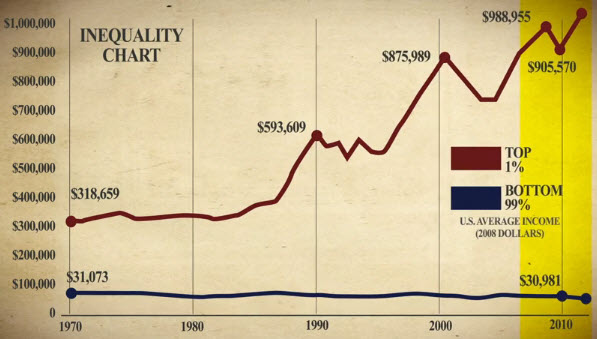by Henry Hazlitt
"How should prices be determined?" To this question we could make a short and simple answer: prices should be determined by the market.
The answer is correct enough, but some elaboration is necessary to answer the practical problem concerning the wisdom of government price control.
Let us begin on the elementary level and say that prices are determined by the supply and demand. If the relative demand for a product increases, consumers will be willing to pay more for it. Their competitive bids will both oblige them individually to pay more for it and enable producers to get more for it. This will raise the profit margins of the producers of that product.
"How should prices be determined?" To this question we could make a short and simple answer: prices should be determined by the market.
The answer is correct enough, but some elaboration is necessary to answer the practical problem concerning the wisdom of government price control.
Let us begin on the elementary level and say that prices are determined by the supply and demand. If the relative demand for a product increases, consumers will be willing to pay more for it. Their competitive bids will both oblige them individually to pay more for it and enable producers to get more for it. This will raise the profit margins of the producers of that product.







